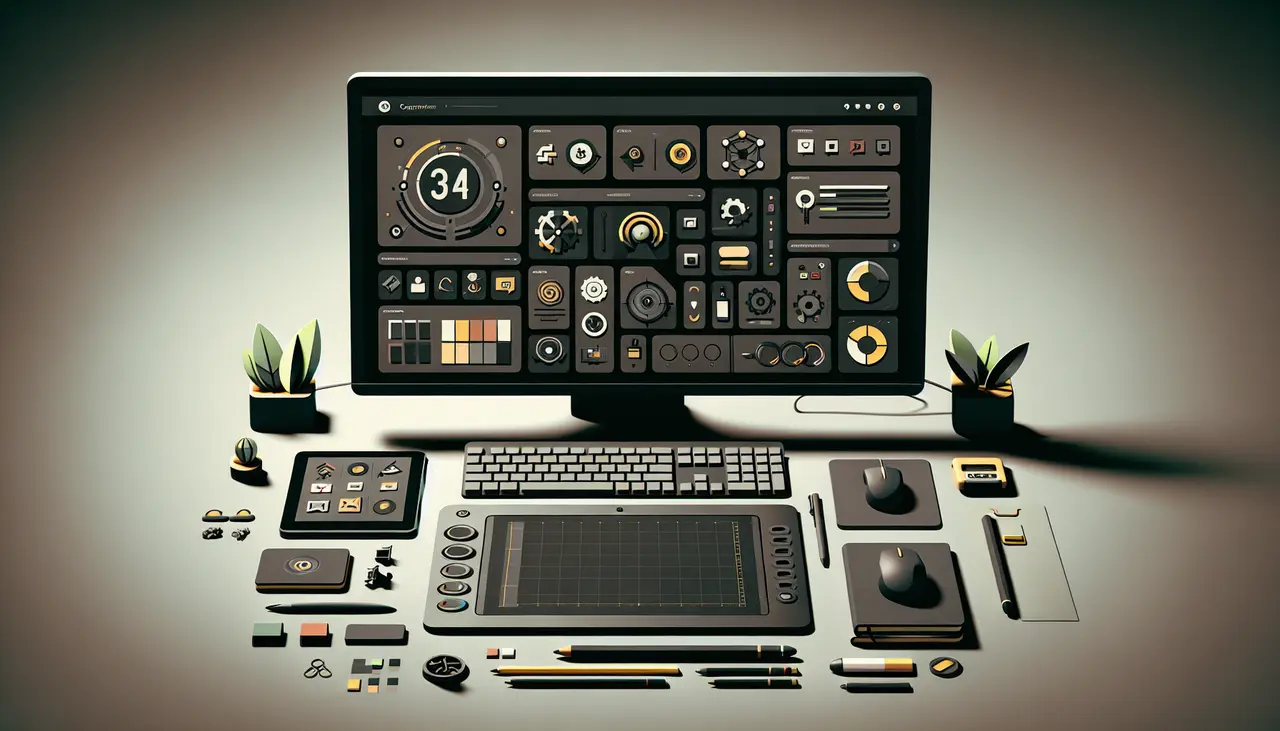Beyond Coding: The Importance of Creative Asset Management in Game Design
Discover the significance of creative asset management in game design in our blog 'Beyond Coding: The Importance of Creative Asset Management in Game Design'.
In the world of game design, creative assets are more than mere building blocks; they are the very soul of the game's universe. Beyond the sophisticated codes that bring these worlds to life, lies the monumental task of managing these assets efficiently to tell compelling stories.

Understanding Creative Asset Management in Game Design
In the intricate dance of game development, creative asset management plays a pivotal role, orchestrating the symphony of visuals, sounds, and story elements. This process involves more than just cataloging files; it is about nurturing an ecosystem where assets are easily accessible, modifiable, and scalable to meet the evolving demands of the game's development cycle.
Mastering asset management enables designers to streamline workflows, foster collaboration among diverse creative teams, and ensure that the vision for the game is not lost in translation but rather enhanced through the efficient use of resources.
The Role of Creative Assets in Enhancing Game Experience
Creative assets form the backbone of the gaming experience, turning abstract concepts into tangible worlds that players can explore. From the rustic charm of a pixelated landscape to the sleek sheen of a futuristic cityscape, assets bring depth, texture, and emotion to the digital realm.
Through the meticulous selection and integration of assets, developers imprint the game with a unique aesthetic and mood that goes beyond surface-level visuals, creating a sensory-rich experience that engages players on multiple levels.
Strategies for Effective Management of Game Design Assets
Effective management of game design assets requires a blend of technical acumen and strategic foresight. Utilizing asset management tools and software can significantly reduce the complexity of handling vast libraries of assets, enabling developers to focus on creativity and innovation.
Moreover, establishing clear naming conventions, version control systems, and collaborative pipelines can mitigate the risks of miscommunication and asset loss, ensuring that the development process is as smooth and error-free as possible.
Challenges in Creative Asset Management and Overcoming Them
One of the primary challenges in managing creative assets is the sheer volume and diversity of files involved in modern game development. From 3D models and textures to audio clips and animation sequences, the array of assets can be overwhelming.
Adopting a proactive approach towards asset management, including regular audits, backups, and adherence to a well-defined organizational structure, can help developers navigate through the maze of files more efficiently, turning potential obstacles into stepping stones towards a successful project completion.
Tools and Technologies for Creative Asset Management in Game Development
The advancement of technology has ushered in a variety of tools specifically designed to aid in the management of creative assets. Software such as Unity Asset Store, Unreal Engine’s Marketplace, and Adobe's Creative Cloud offer ecosystems where assets can be created, modified, and shared with ease.
Future Trends in Creative Asset Management for Game Design
As game development continues to evolve, so too will the methods and technologies for managing creative assets. Emerging trends indicate a shift towards more integrated and intelligent systems, capable of predictive analytics and automated organization, promising a future where developers can harness the full potential of their creative assets with unprecedented efficiency and ease.
The Essence of Game Design
In the end, the true essence of game design lies not only in the realm of coding but equally in the creative stewardship of assets that populate virtual worlds. Creative asset management, with its challenges and innovations, remains at the heart of designing games that captivate and enchant. As game developers continue to weave technological prowess with artistic vision, the future of game design is bound to be as limitless as the imagination itself.


